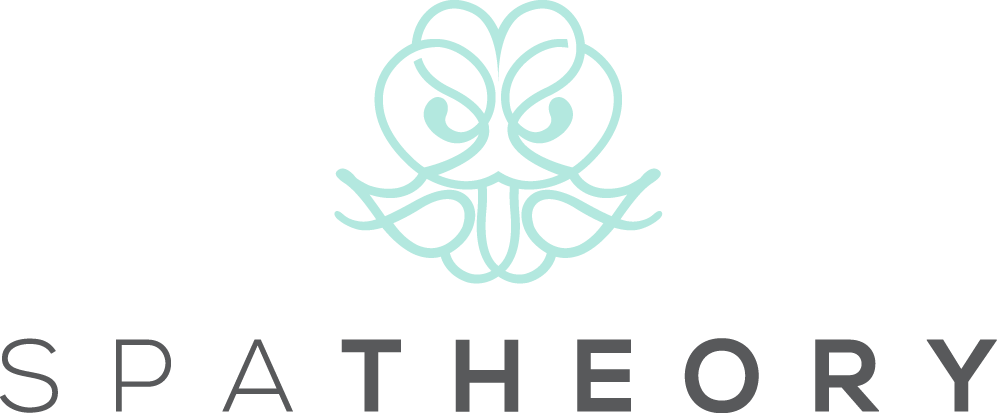Carotid Massage: A How To Guide
Have you ever heard of carotid massage? If you're like most people, you might be wondering, "What in the world is that, and why would I want to do it?" Well, you're in for an interesting discovery - this intriguing technique has been gaining attention in wellness circles, and for good reason. But what exactly is it, and could it be beneficial for you? Let’s take a closer look.
What is Carotid Massage?
Put simply, carotid massage involves gently applying pressure to the carotid sinus, an area in your neck where the carotid artery branches. Now, you might be thinking, "Isn't that a bit risky?" It's a valid concern, but when done correctly, it's actually quite safe and can actually offer some surprising benefits.
What is the Purpose of Carotid Massage?
So why would anyone want to massage their carotid artery? In medical settings, it's sometimes used to address certain heart rhythm issues. But for those of us in the wellness world, it's all about relaxation and stimulating the vagus nerve.
If you're curious about other ways to stimulate the vagus nerve, you might want to check out our article on exploring vagus nerve massage, where we take a deep dive on the subject.
Benefits of Carotid Massage
Now, you're probably wondering, "What's in it for me?" Well, when performed correctly, carotid massage may offer several benefits; these can include stress reduction, lowered blood pressure, and improved heart rate variability. Many people also report feeling more relaxed and centered after performing this technique - sounds pretty good, right?
Looking for other ways to relax and take care of yourself? Why not consider booking a mobile massage in Austin, TX? Professional massage therapy can offer a wide range of benefits and can be tailored to your specific needs.
How Carotid Massage Stimulates the Vagus Nerve
Here's where it gets really interesting. Did you know that carotid massage can actually stimulate your vagus nerve? This important nerve plays a key role in our "rest and digest" state. When you gently massage the carotid sinus, it can trigger a response in the vagus nerve, potentially leading to a slowing of the heart rate and a general feeling of relaxation. Cool, huh?
Step-by-Step Guide to Performing Carotid Massage
Alright, so you're intrigued and want to give it a try. But how exactly do you do it? Don't worry, we've got you covered with this step-by-step guide:
Preparation
First things first, find a quiet, comfortable spot where you won't be interrupted. If you're new to this, it might be a good idea to have someone with you, just in case.
Locating the Carotid Artery
Ready to find your carotid artery? Gently place your fingers on the side of your neck, just below your jawline. Feel that pulse? That's your carotid artery.
Performing the Massage
Now for the main event. Use your fingertips to apply gentle, circular pressure to the area. Remember, we're going for gentleness here - you're not trying to stop the pulse, just stimulate the area around it. Do this for about 5-10 seconds on one side, then give it a rest before trying the other side if you want.
Monitoring and Safety Precautions
How are you feeling? It's important to pay attention to your body during this process. Any dizziness or discomfort? Stop right away. And remember, only do one side at a time to avoid overstimulating the vagus nerve.
Precautions and Contraindications
Now, before you rush off to try this, a word of caution. Carotid massage isn't for everyone. If you have a history of heart problems, stroke, or carotid artery disease, it's best to steer clear. Pregnant? Have high blood pressure? Check with your doctor first.
Remember, while techniques like carotid massage can be great for relaxation, they're not a replacement for professional medical care. If you're dealing with chronic stress, anxiety, or any health issues, it's always best to consult with a healthcare provider.
So, what do you think? Ready to give carotid massage a try? Remember, as with any new wellness practice, it's important to approach it with knowledge, care, and respect for your body's signals. By understanding the technique and its potential benefits, you can make informed decisions about incorporating it into your self-care routine. Who knows? And who knows -you might just discover a new favorite relaxation technique.


